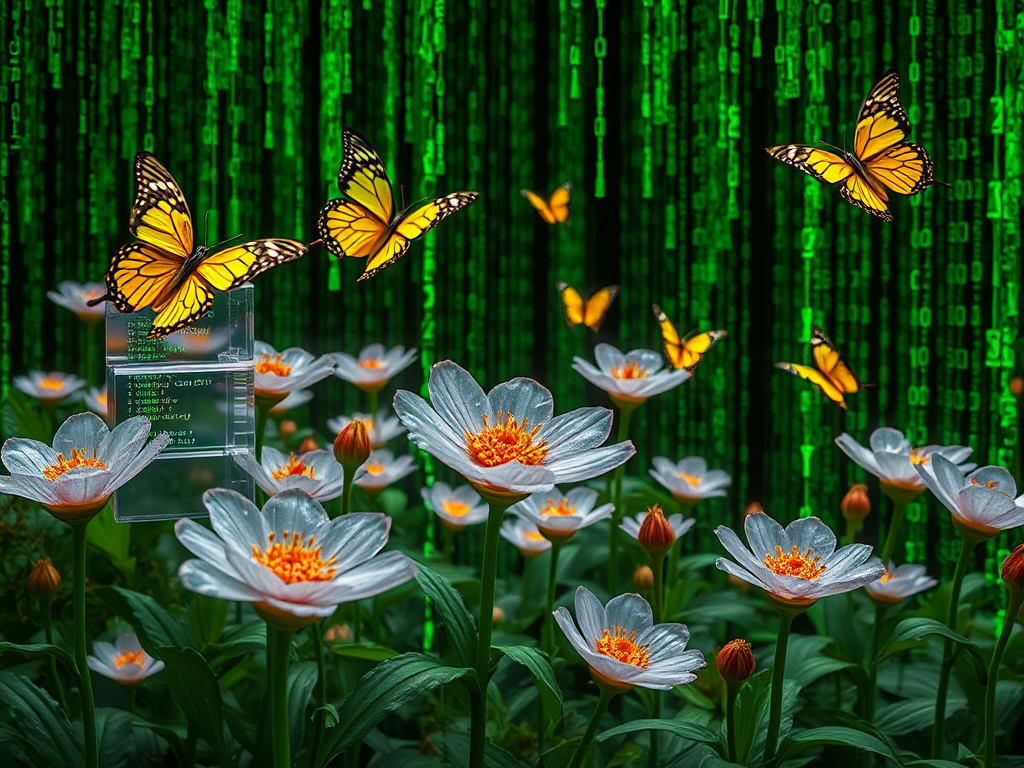Have you heard of Python decorators? They are a very powerful and elegant feature of Python. Today, let's dive into this magical tool and see how it can make our code simpler, more flexible, and more efficient.
What is a Decorator?
As the name suggests, a decorator is something that "decorates" functions or classes. Essentially, it's a function that modifies the functionality of other functions. You can think of it as wrapping paper that surrounds the original function, giving it additional features.
So, why do we need decorators? Imagine you have a bunch of functions that all need the same functionality (like logging, performance testing, etc.). Do you want to modify each of these functions individually? This is where decorators come in handy!
Basic Syntax
Let's first look at the basic syntax of a decorator:
def my_decorator(func):
def wrapper():
print("Something is happening before the function is called.")
func()
print("Something is happening after the function is called.")
return wrapper
@my_decorator
def say_hello():
print("Hello!")
say_hello()
See that @my_decorator? That's the syntactic sugar for decorators. It's equivalent to:
say_hello = my_decorator(say_hello)
Isn't it amazing? We didn't modify the say_hello function's code, yet we can add new functionality before and after it. That's the magic of decorators!
Decorators with Parameters
But what if our function has parameters? Don't worry, decorators can handle that too:
def my_decorator(func):
def wrapper(*args, **kwargs):
print("Before the function is called.")
result = func(*args, **kwargs)
print("After the function is called.")
return result
return wrapper
@my_decorator
def add(a, b):
return a + b
print(add(3, 5))
Here, we use *args and **kwargs to accept any number of positional and keyword arguments. This way, our decorator can be applied to various functions.
Practical Applications of Decorators
After all this theory, you might ask: What is this really useful for? Let me give you some practical examples:
- Timer Decorator
Suppose we want to know the execution time of a function. We can write a timer decorator:
import time
def timer(func):
def wrapper(*args, **kwargs):
start_time = time.time()
result = func(*args, **kwargs)
end_time = time.time()
print(f"{func.__name__} ran in {end_time - start_time:.2f} seconds")
return result
return wrapper
@timer
def slow_function():
time.sleep(2)
slow_function()
This decorator will print the execution time of the function, which is great for performance analysis.
- Cache Decorator
For some computationally intensive functions, we can use caching to improve efficiency:
def memoize(func):
cache = {}
def wrapper(*args):
if args in cache:
return cache[args]
result = func(*args)
cache[args] = result
return result
return wrapper
@memoize
def fibonacci(n):
if n < 2:
return n
return fibonacci(n-1) + fibonacci(n-2)
print(fibonacci(100))
This decorator will cache the function's return values, avoiding repetitive calculations. For recursive functions like Fibonacci, the effect is particularly noticeable.
- Login Required Decorator
In web applications, we often need to verify if a user is logged in:
def login_required(func):
def wrapper(*args, **kwargs):
if not is_user_logged_in():
return redirect_to_login_page()
return func(*args, **kwargs)
return wrapper
@login_required
def protected_view():
return "This is a protected view"
This decorator checks if the user is logged in before accessing protected views. If not logged in, it redirects to the login page.
Class Decorators
In addition to function decorators, Python also supports class decorators. Class decorators are mainly used to maintain or enhance class functionality. Let's look at an example:
class Singleton:
def __init__(self, cls):
self._cls = cls
self._instance = None
def __call__(self, *args, **kwargs):
if self._instance is None:
self._instance = self._cls(*args, **kwargs)
return self._instance
@Singleton
class Database:
def __init__(self):
print("Initializing database connection")
db1 = Database()
db2 = Database()
print(db1 is db2) # Outputs: True
This class decorator implements the singleton pattern, ensuring a class has only one instance. No matter how many times we create a Database object, we get the same instance.
Considerations for Decorators
While decorators are powerful, there are some issues to be aware of:
-
Performance Impact: Decorators introduce additional function calls, which may have a slight impact on performance.
-
Debugging Difficulty: Decorators can make debugging more difficult because they change the behavior of functions.
-
Readability: Overusing decorators can reduce code readability.
-
Order of Execution: When using multiple decorators, their execution order is from bottom to top.
@decorator1
@decorator2
def func():
pass
func = decorator1(decorator2(func))
Summary
Decorators are a very powerful feature in Python, allowing us to extend and modify function behavior in an elegant way. By using decorators, we can achieve code reuse, improve code readability, and maintainability.
From simple function decorators to complex class decorators, from basic syntax to practical applications, we have comprehensively understood Python decorators. Aren't you eager to try using decorators in your own code?
Remember, like all programming techniques, decorators are a double-edged sword. Reasonable use can make your code more elegant and efficient, but overuse can backfire. In practical programming, we need to decide whether to use decorators based on specific situations.
Do you have any thoughts or experiences with decorators? Feel free to share your insights in the comments! Let's explore and improve together.
On the path of programming, we are always learning. See you next time as we continue to explore the mysteries of Python!




 Previous
Previous 




